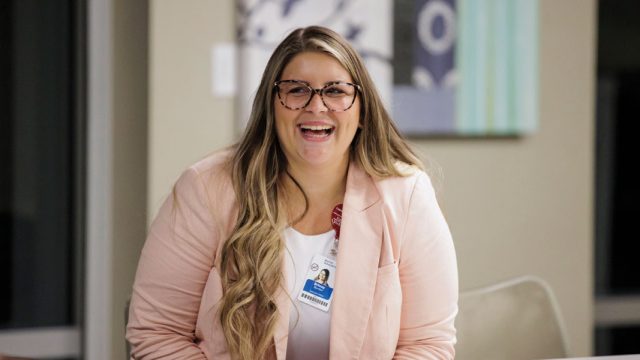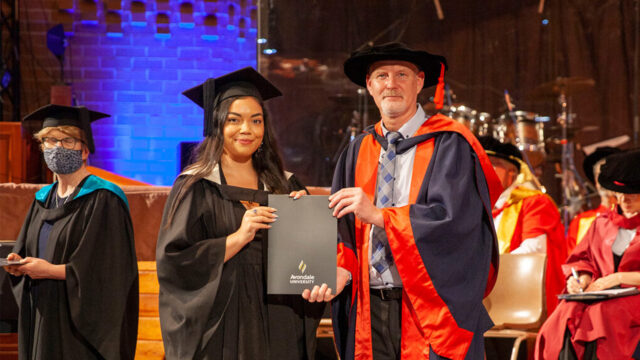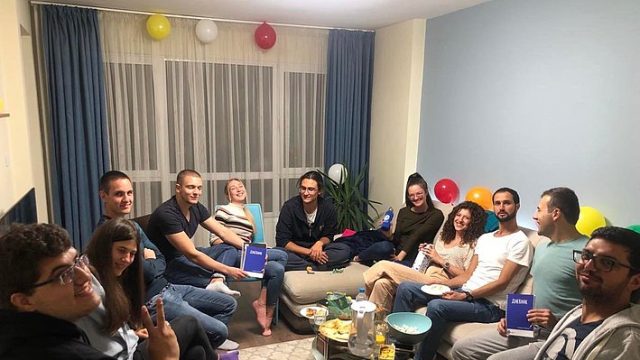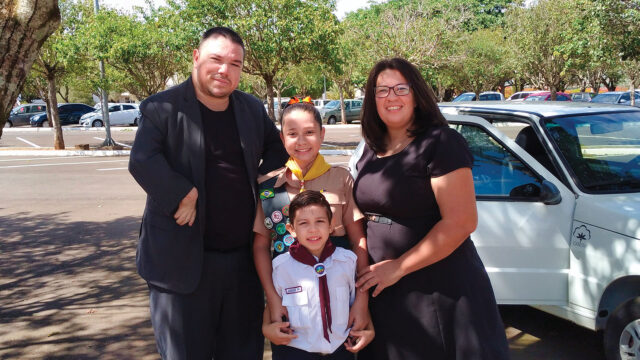North American Division summit focuses on mental health and wellness.
The 2022 North American Division (NAD) Virtual Mental Health Summit took place March 31-April 3 at the NAD headquarters in Columbia, Maryland, United States.
The event, which was themed “Restored,” provided a forum for discussion of mental health and wellness from various angles, providing tips and suggestions for the mental health of church members and communities in general.
“With this summit,” NAD health ministries director Angeline Brauer said, the “Health Ministries [Department] launches a laser focus on the topic of mental health and wellness.” Registered participants attended general plenary sessions, workshops, and worships that concentrated on various aspects of mental health.
NAD president G. Alexander Bryant opened the first day of the mental health summit with a devotional thought centered on Jesus’ personal health ministry.
“There were crowds around Jesus when He preached, willing to listen and interested in what He had to say,” Bryant said. “But it started when He went to their communities and healed and helped them. This is a formula that still works today.”
Between March 31 and April 1, more than 40 concurrent sessions were held on various topics related to mental health and well-being: addiction, aging and dementia, community-based interventions, children and youth, grief, anxiety and depression, emotional healing, spirituality and mental health, suicide prevention, trauma, and wholistic approaches to mental health.
Many participants registered on Zoom to attend the event. The daily average of viewers in general session plenaries on Facebook on Thursday and Friday was close to 2,000 people. Saturday (Sabbath) programs were offered for download, and specialized sessions on Sunday were made available for an additional fee.
All Ages Included
Although it may be difficult to grasp the idea that children struggle with mental wellness, many of the presenters brought up this fact.
“Believe in resiliency,” Kiti Freier Randall, pediatric neurodevelopmental psychologist, said. “Believe in risk, but know we’re not doomed. It’s never too early nor too late to intervene, but we must do so by design.”
In the session on suicide prevention, Jonathan Singer, from Loyola University in Chicago, presented sobering suicide statistics in young people (ages 10-19) across the U.S. and Canada. Looking at data over 20 years between 1999 and 2019, Singer demonstrated that suicides happened significantly less often during breaks from school — June to July and December.
“Kids have more pressure on themselves and each other — and feel it from their parents — when school is in session,” Singer said. “Those things happen far less often during vacation months.”
Singer then presented research-based information on why people die by suicide, what the warning signs are, and how to intervene and prevent suicide in a culturally aware and appropriate way.

Some different mental wellness issues are evident in the senior years, and Adventist Church health ministries associate director Zeno Charles-Marcel shared tips for caring for the brain throughout one’s life.
“Though our brain health is impacted by genetics, we can enhance the development side and reduce the degenerative side by how we live,” Charles-Marcel said.
During the second March 31 plenary session, Marissa Leslie spoke on the topic, “Moving from Mental Disease Management to Wellness Promotion.” She presented research on the value of whole-person wellness, and the idea that wellness is individualized, not a blanket concept.
“What’s mentally well for me may not be mentally well for you,” she explained.
Leslie also provided suggestions and ideas for activities promoting various aspects of wellness within a workplace, church, or school.
Related Issues
On April 1, David Williams of the Department of Social and Behavioral Sciences at Harvard University, and Daniel Dawes, executive director and associate professor of Satcher Health Leadership Institute at Morehouse School of Medicine, presented sessions highlighting inequities in health care and the resulting health disparities as they relate to race and ethnicity in the U.S.
Williams shared the history of neighborhood segregation, known as “redlining,” which has removed access to better-quality schools, safe playgrounds, good jobs, healthy environments, safe housing, transportation, and health care from non-white Americans.
“Race is not biological, but racism has profound consequences on health,” Dawes stated.
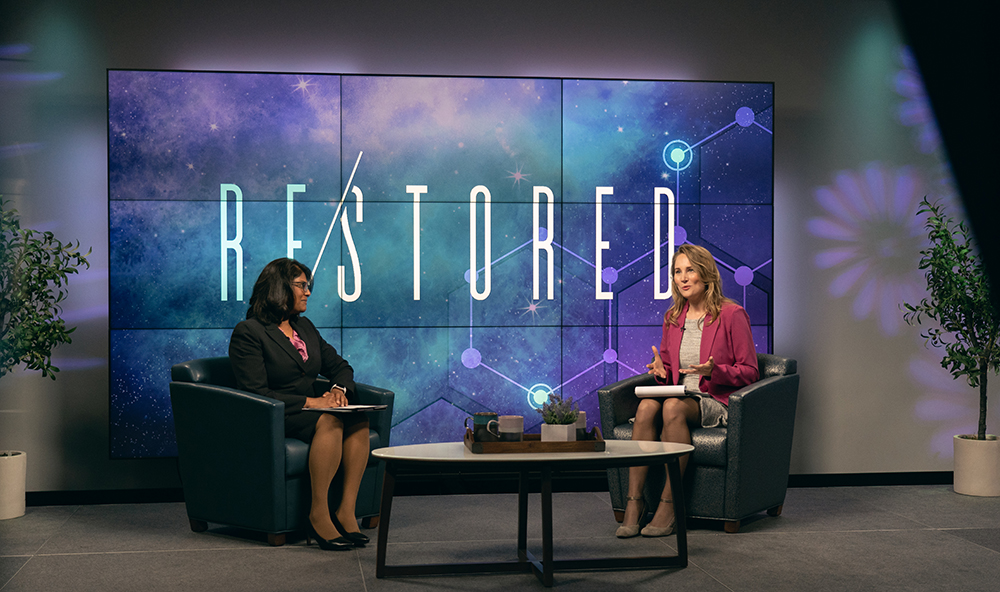
The determinants of health, as shared by Dawes, are 40 percent social determinants; 30 percent behavioral health; 10 percent clinical care; 10 percent physical environment; and 10 percent genes and biology.
“Black Americans and U.S.-born Latinos have more of every kind of stressor — personal, work, and environment,” Williams said. “And for every stressor, depressive symptoms increase.”
Williams then cited a study done in Canada in the early 1990s, when researchers found that despite native populations having one of the highest rates of youth suicide in the world, half of the native communities in Canada had none. What was the difference?
“These particular communities empowered and encouraged their young people to be involved in social justice events and efforts, giving them a purpose, a community, and an identity,” Williams said.
Change Takes Time
Adventist Church health ministries associate director Torben Bergland presented on depression. He stressed that depression is more than just a chemical imbalance and that parts of the brain are actually changed during depressive states.
“Depression is not just mental or emotional, it’s also a physical illness,” he said. “It takes time and care to change the way the brain operates, functions, communicates, and how it’s wired.”
During a session on spirituality and mental health, Nestor Bruno, from Kettering Health Network, used examples from the Bible to show how even biblical heroes had moments when their beliefs about God did not match their image of God in the given moment, demonstrating how our life experiences can change how we feel about God, even if our beliefs about Him stay the same. Bruno included examples such as David, Job, Elijah, and even Jesus.
The Friday evening program on April 1 opened with musicians Jaime Jorge (violin), Jennifer LaMountain (voice), and Kelly Mowrer (piano), sharing research on, and personal experience with, the mental and emotional power of music.
“Music is scientifically proven to reduce pain, increase comfort, lift mood, and distract from pain so healing happens faster, and hospital stays are shorter,” LaMountain shared.
The musicians then shared music-related things one can do to reduce stress and increase overall wellness, which included listening to music, singing, and playing an instrument.
On Saturday evening and again on Sunday, the summit provided time for networking before the beginning of training sessions for those seeking continuing education. On Sunday evening, Peter Landless, director of Adventist Health Ministries for the General Conference, shared a word of encouragement to close the summit.
“We as Adventists have been blessed with an understanding of multi-dimensional wellness and wholeness,” he said. “Without mental health there can be no true physical health, and our intentional approach to mental health and emotional wellbeing is crucial.”
Landless concluded by urging attendees to gather strength, courage, and resilience from the summit, and to go back to work energized and empowered.
“Don’t lose your passion,” he pressed. “Don’t grow weary of doing good. Together, by God’s grace, we can and will go, sharing that wholeness and serving all. May we leave this summit determined to be the difference, allowing ourselves to be used by God to serve as Jesus served.”
The original version of this story was posted on the North American Division news site.


